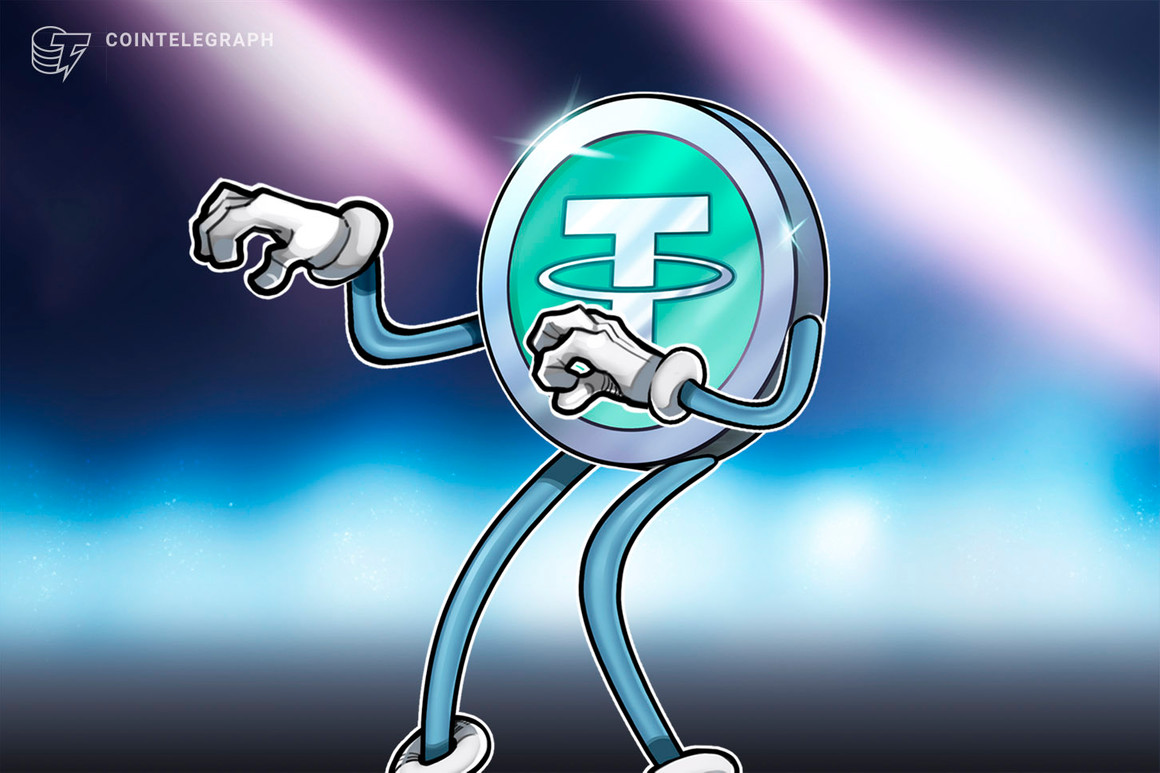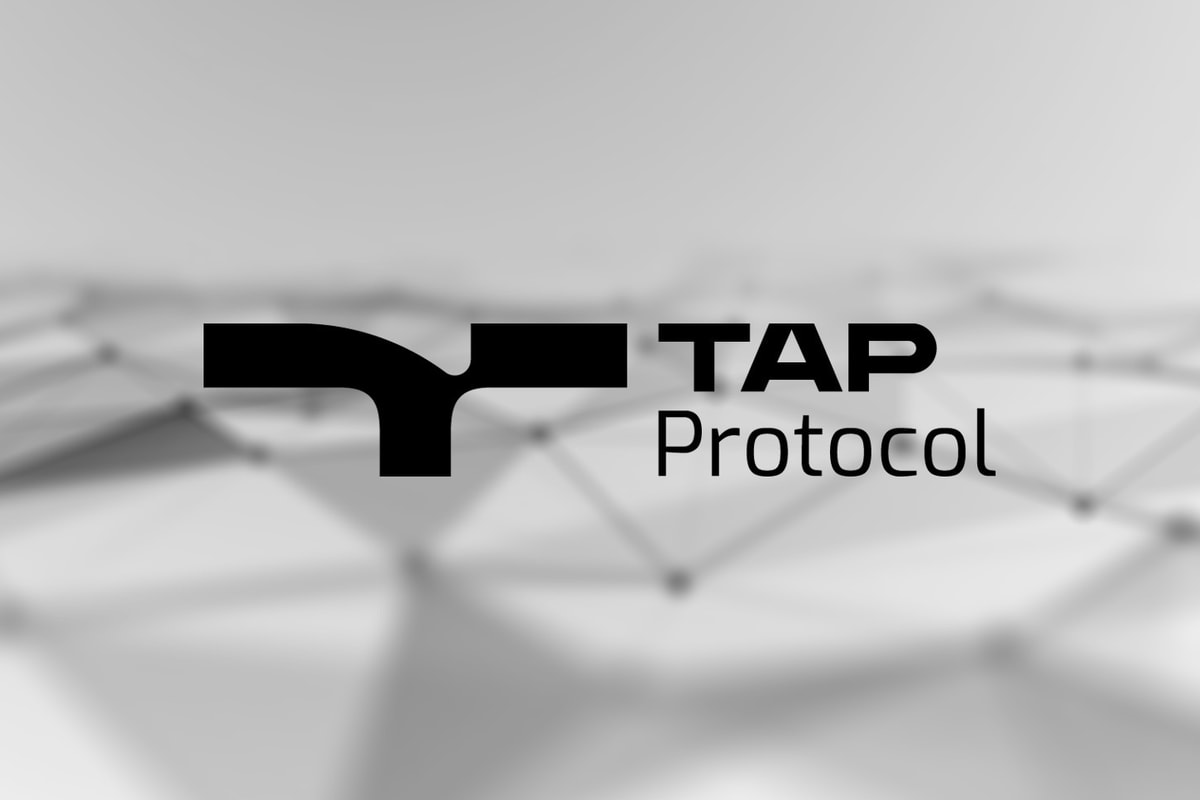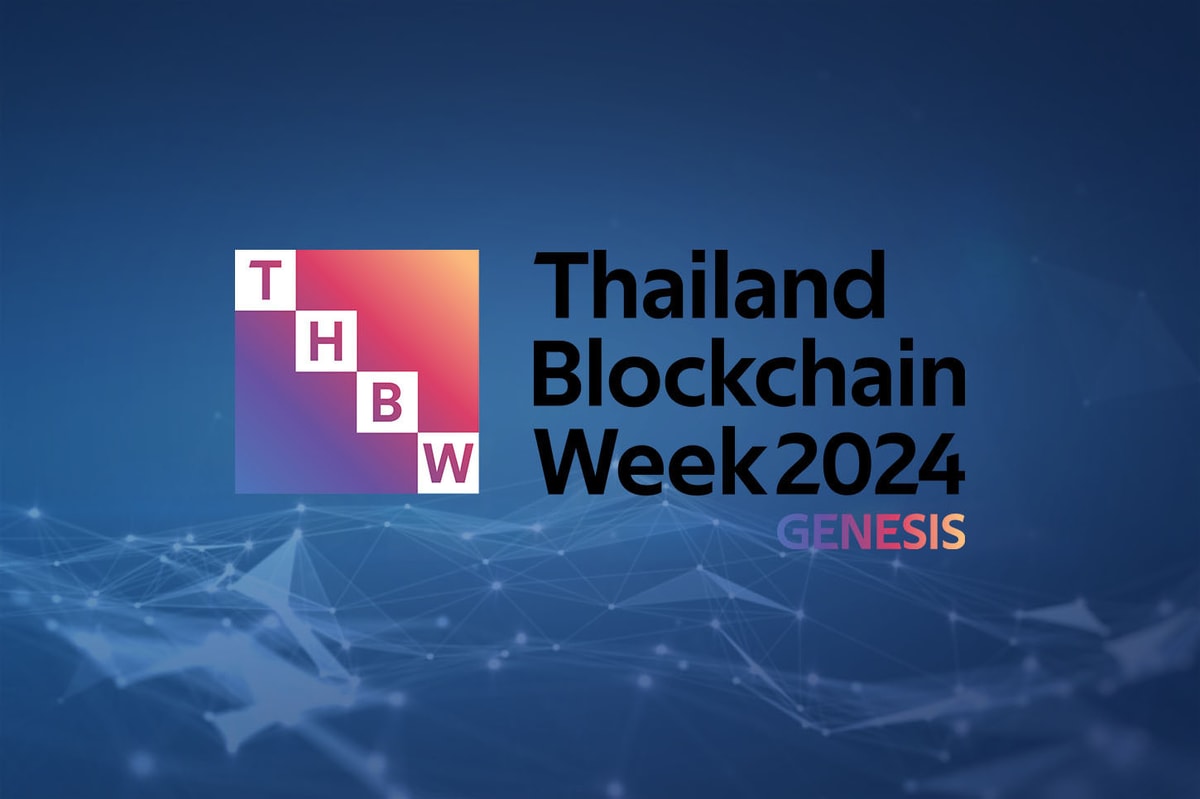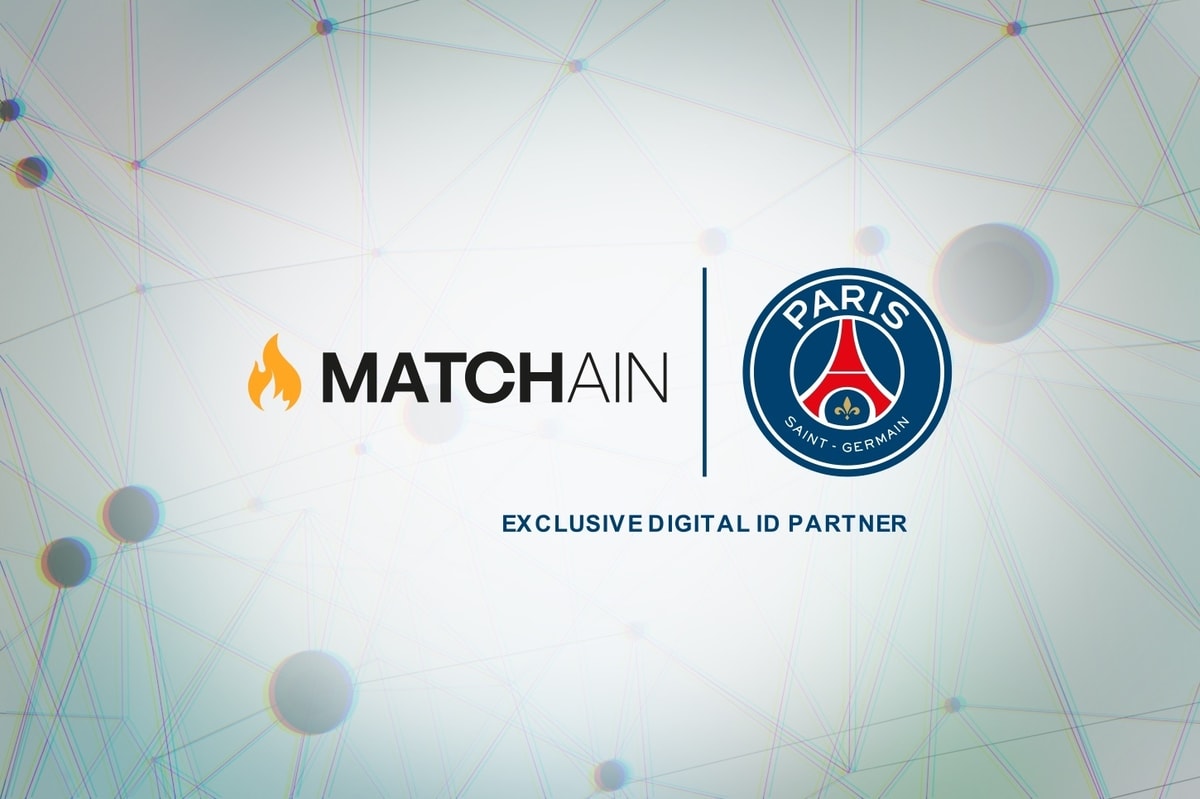Nearly half a million artists on the Viberate platform will soon have the option of creating NFT holding rights to their live performances. The first one is acclaimed techno DJ Umek.
Blockchain-based music research and analytics platform Viberate entered the crypto market with its 2017 initial coin offering, in which it famously sold out its VIB token (available on Binance, Bittrex, OKEx and Uniswap) in under five minutes. Today, it’s announcing it’s testing the concept of the first-ever “live gig NFT.”
“One of our main goals has always been creating an online marketplace for artists, much like Airbnb is for vacation rentals,” explained Matej Gregorcic, co-founder and CEO of Viberate. “We were planning to roll out the feature soon after the ICO, but the bear market forced us to put greater focus on upgrading our base product — comprehensive analytics. This doesn’t change our vision — once our online community really starts thriving with the help of analytics, we can launch a marketplace.”
How does tokenizing a live gig work? The idea Viberate is testing out is pretty simple: Any artist on Viberate will have the chance to verify their artist ID and offer the right to their live performance in the form of a nonfungible token. Fans or event organizers will then be able to bid on that token. The highest bidder decides between two options: “cashing in” the token by having the artist play at their event or reselling it to someone else. The collected funds will be held in escrow until the day of the show. Once the event starts and the artist goes on stage, the token holder burns the token.
This might seem like an unusual use case for NFTs, but as Gregorcic explains, the reasoning behind it is logical. “Using blockchain technology to collect payments effectively and safely, all while protecting both parties in case something goes wrong, has always been an important part of our service. NFTs offer all these features. On top of that, a live gig becomes a tradable commodity all of a sudden, available to artists, organizers and fans alike.”
The initial test comes at a welcome time for the industry. The live-music industry is among those that got hit the hardest during the pandemic, so everyone involved, from artists to labels to organizers, has been working hard to figure out ways of engaging their fans online and analyzing their performance. One of those artists is another Viberate co-founder, Uros Umek.
Also known as Umek, he is one of the world’s biggest techno DJs and producers but was limited to playing gigs via livestreams like everyone else when the pandemic hit a year ago. “This is the first time in my 30-year career that I’m sort of unemployed,” said Umek, “so I’ve been paying close attention to everything the digital landscape has to offer. Like a lot of my colleagues, I saw the opportunity for releasing music and art NFTs, but as always, I wanted to do things a bit differently. So, my team and I decided to create a tokenized gig. I’ll be the first to drop it on Blockparty on April 29, together with three unique remixes of my hit track ‘Lanicor,’ and I’m excited to see how the world reacts.”
The test launch of Umek’s live gig NTF will be verified by Viberate and carried out in partnership with the Blockparty marketplace. If the concept proves to be successful, Viberate plans on providing the option of gig token minting to nearly half a million music artists in its database, along with minting artist ID NFTs through a secure verification process. These ID NFTs will then act as a certificate of authenticity, reassuring the buyer that the contents indeed come from a verified artist, not someone offering other people’s work.
To mint a gig NFT, an artist will first need to create and claim their profile on Viberate. For each NFT minted, they will need to lock VIB tokens into a smart contract and set the initial price and terms of the gig. Once the token is sold, the VIBs will be burned, but in case the artists burn their NFTs themselves, they will get their VIBs back.
Umek’s 24-hour NFT drop will launch on Blockparty on Thursday, April 29, 2021, at 8:00 pm GMT+1 (3:00 pm EST).











